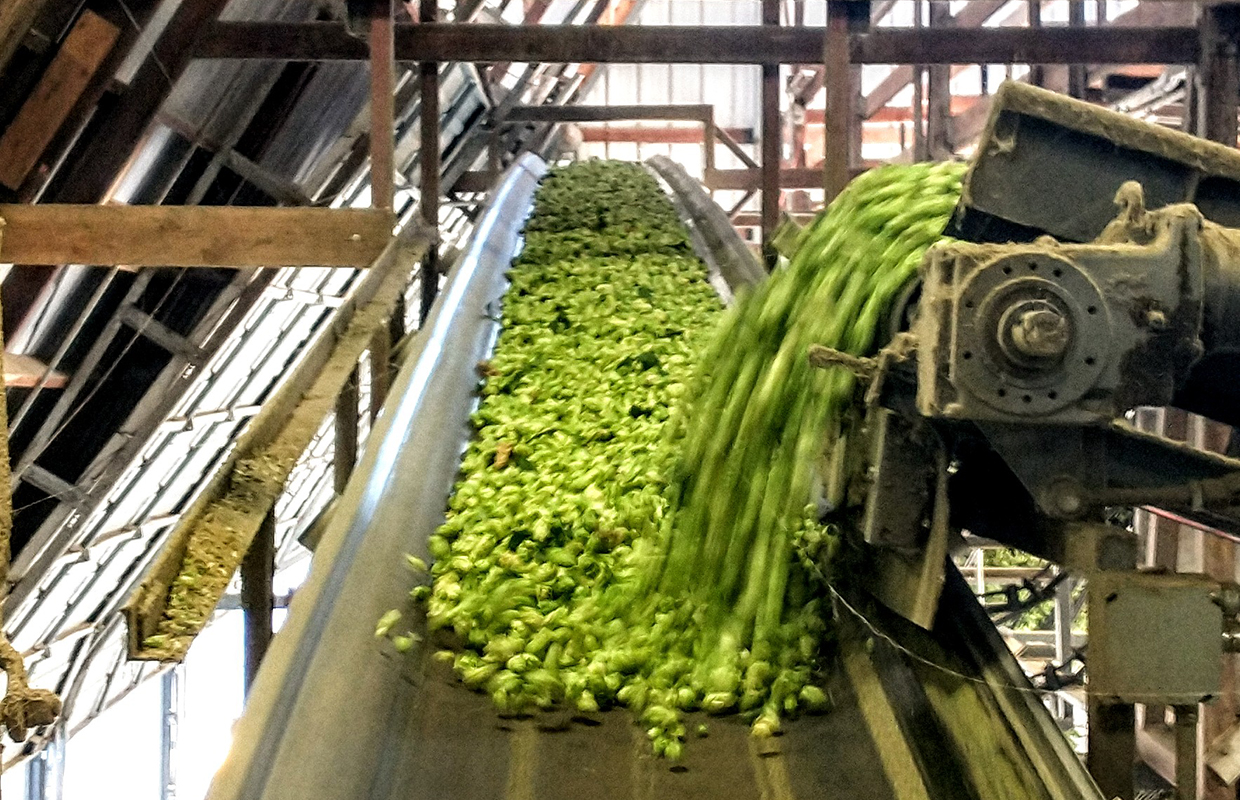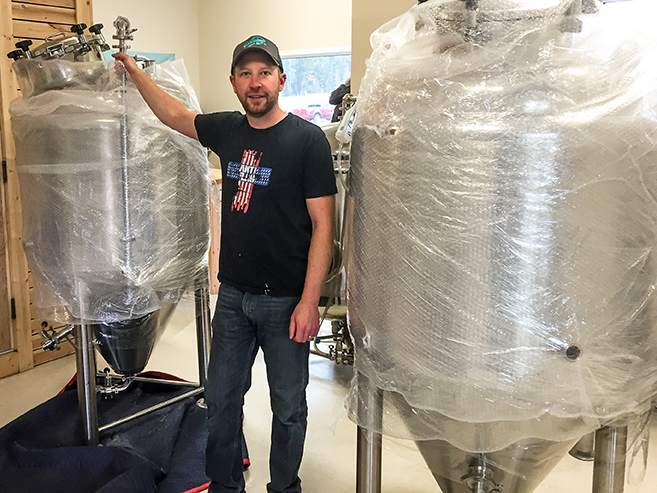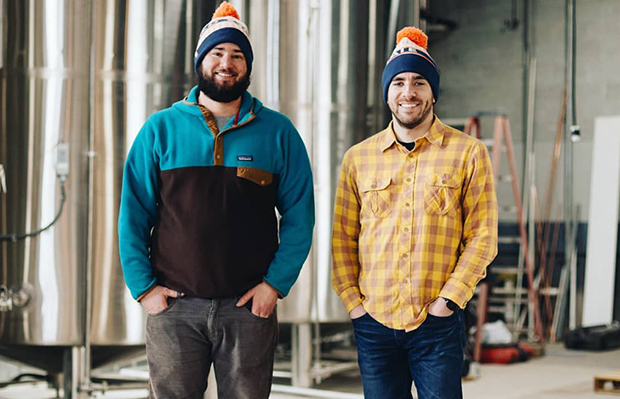
Yes, getting to see and touch the hops you plan to put into your beer while it is still on the bine is a tough task for all. Especially for a smaller brewery owner or Operations Manager. But brewers, owners, and management team members agree that being able to do sensory of some kind can help put your brewery’s best beer on track in the coming year.
As the hop harvest nears, Brewer spoke this summer with a variety of folks in the industry on multiple hop yard topics for the July/August issue of Brewer Mag’s print issue. Because of the way the industry had to shift because of the pandemic, many companies worked with hop providers to do sensory in-house rather than travel to places in the Pacific Northwest. Although it can be a great experience to be on-site to rub hops and talk with the hop growers, doing it at home with a sensory panel can be worthwhile (and a tad easier on the expense sheet).
“Going out in person was a really important experience and we learned so much,” said Neshaminy Creek Head Brewer Jason Ranck. “It really is something to do sensory evaluation with an educated rep and then have immediate access to the specifications of each lot in real-time.
“We’ve also done selection from home and our beers have improved dramatically as a result.”
Since 2020 Matthew Steinberg, co-founder/Head Brewer for Exhibit ‘A,’ said they have reluctantly done selection in-house.
“Our hop vendors send us the lots they feel will work best for us based on our previous crop year choices,” he told Brewer. “The growers we work with tend to be very good at this and we have had very successful hop selections doing it this way.
“The big downside is we aren’t at the farms enjoying the on-site part of this.”
Joe Mohrfeld, the Brewmaster for Pinthouse, said he does see value in going, but understands that not every brewery in Texas has the means to get there.
”It’s not the easiest place to get to every fall, especially if you’re small and you’re the one doing the operations yourself and taking the time off and going up there,” he said.
But, he added, the hop industry is such a different landscape than it was a decade ago.
“The transparency is very high, and if the broker isn’t transparent, you probably don’t want to be working with them anyways,” he said. “All the top brokers are really open. They might not let you select, but if you ask for core samples, they’re gonna send you samples.”
What Mohrfeld suggests is to ask for a certain variety, but bring in a few lots of it and really talk to your broker.
“Say, ‘Hey, this is what I’m looking for in it,’” he said when talking about being specific in flavor and aroma descriptors. “They have great sensory teams on staff and they put together these amazing spider graphs that show you where their trained panels are evaluating the hop.
“We’ve worked with them so long that our history with them, what they put on the table in front of us is very accurate to what we’re looking for.”
It might take a little bit more work, he added and you might be purchasing 11 pounds at a time and doing some work at your brewery. But, he added, if you start that dialogue with your broker, your farmers, and start working with them, it will be helpful.
“They collect a lot of data. And if you just ask them, you can get that data from them,” he said. “I think a lot of brewers, they’re not asking that question, but it’s all there. And I think that’s one of the coolest things that I’ve seen change in the industry in the last five or six years. It’s just that openness, that transparency of data.”
Most of our hop selection for Modern Times is now being done remotely with samples, explained VP of Ops, Robert Wyngard.
“We’re still using rubbing and teas to do our flavor profiling, and … I’ve found most suppliers are open to providing samples for these purposes,” he said. “More and more suppliers have access to some pretty advanced infographics representing the various flavor compounds being expressed.
“This more advanced data set makes it easier to do pre-selection work, and zero in on what you’re looking for.”
Sensory Tip from Resurgence:
Buffalo’s Resurgence Brewing makes a lot of different beers, so for the company’s Director of Operations, Andrew Zach, they still get the lot information, and that helps him understand what lot they are receiving.
“My thing with hop selection and even trying new hops, it’s very hard to translate what a hop, for me, smells and what it tastes like,” he said. So they do things like hop teas and dry hop into a base Lager that they make. In the liquid can help translate more than just a hop rub.
“When you do hop rubs, for me, it doesn’t always translate to what the flavors that I get in the beer,” he said. “I would say that hops have a huge impact on flavor and aroma. And we do have sensory before we put any open bag into our beers.”






Be the first to comment